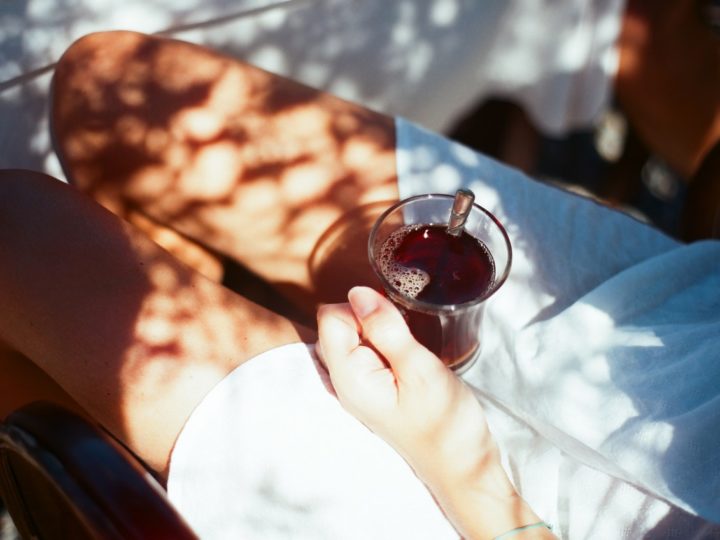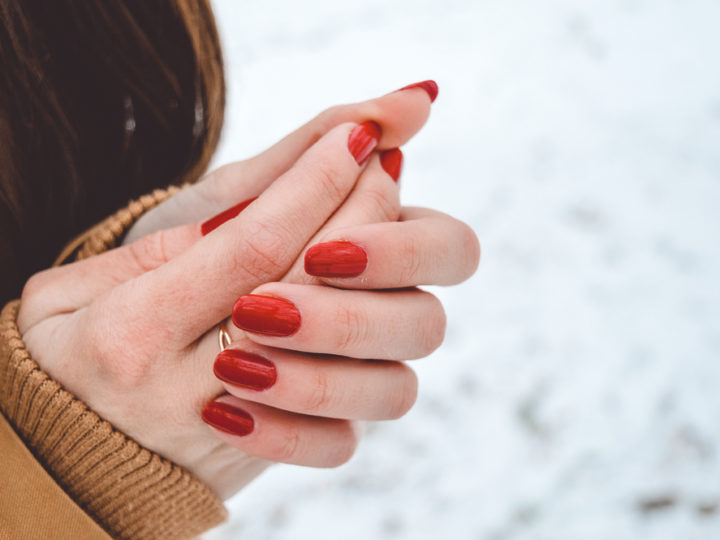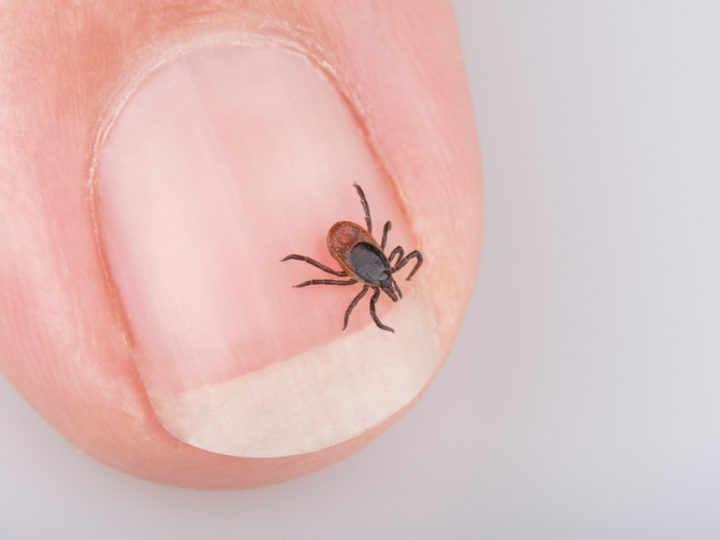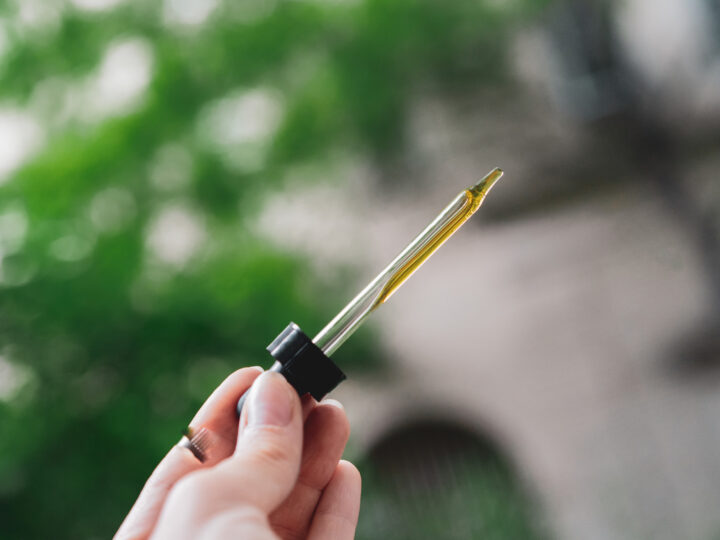WHAT’S UP WITH MOXIBUSTION?
Acupunctures Hidden Weapon
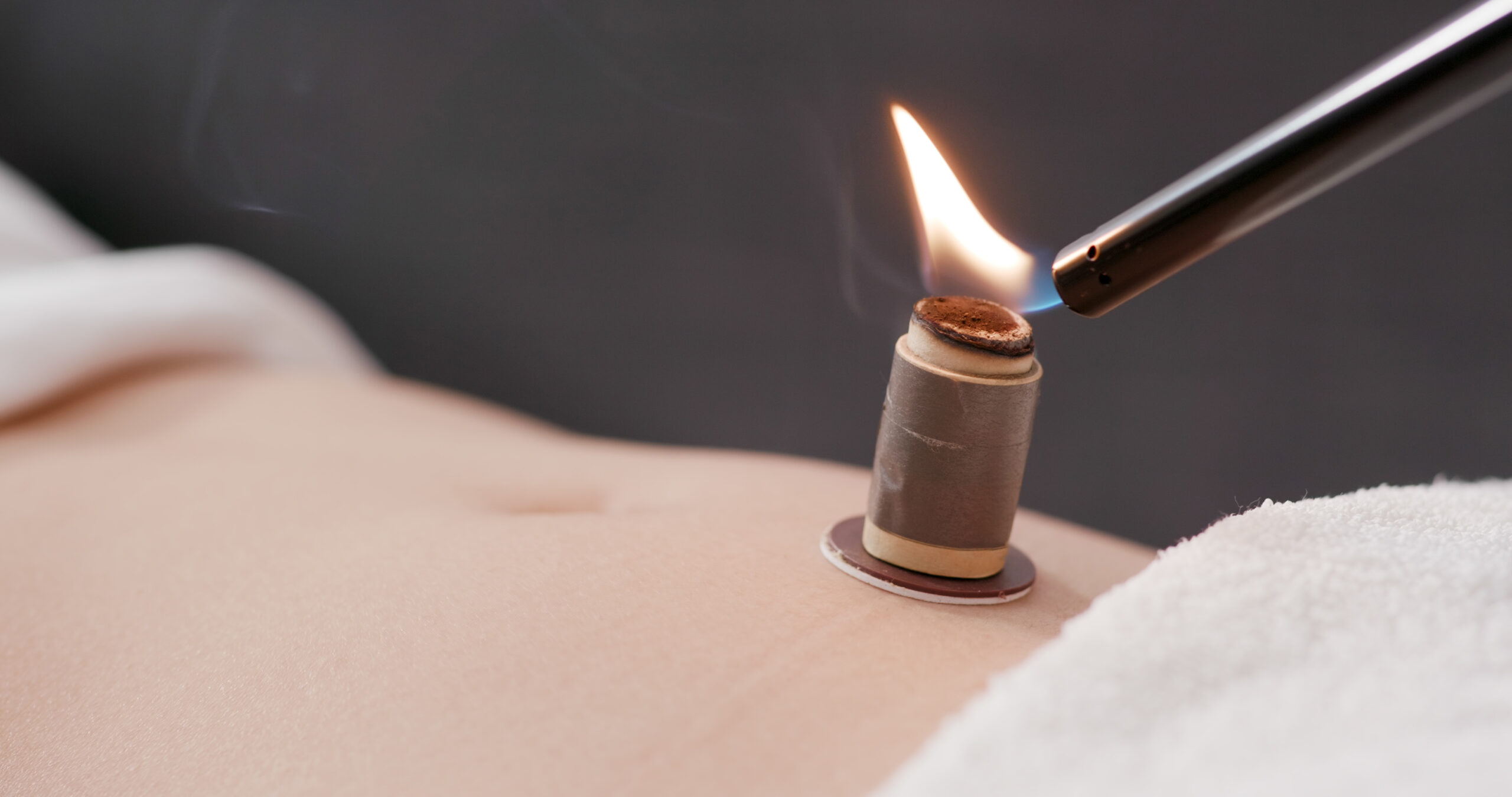
Have you ever walked into an acupuncture office and noticed a unique smokey smell? That’s the result of a TCM practice known as moxibustion. And while it may smell (and look) unusual, it can have lots of benefits for both your physical and mental health.
What is Moxibustion?
First of all, let’s talk about what moxibustion actually is.
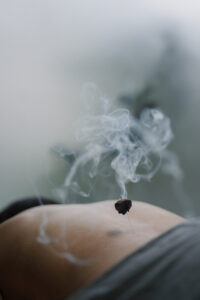 Moxibustion is an ancient technique that has been used for centuries in TCM. Your TCM practitioner will burn a cone or stick made of ground-up mugwort known as moxa. The smoldering moxa is placed near certain points on your body known as meridians (don’t worry, we’ll cover that in a little bit).
Moxibustion is an ancient technique that has been used for centuries in TCM. Your TCM practitioner will burn a cone or stick made of ground-up mugwort known as moxa. The smoldering moxa is placed near certain points on your body known as meridians (don’t worry, we’ll cover that in a little bit).
There are two main types of moxibustion treatments: indirect moxibustion and direct moxibustion.
With direct moxibustion, the burning moxa is placed directly on your skin, but this is rarely done on Western clients. Your TCM practitioner will place the moxa directly on your skin, but remove it or extinguish it before it burns your skin. You shouldn’t feel any pain or discomfort–just a deep warmth. There are certain instances where a practitioner would let the moxa burn down until it extinguishes itself (scarring direct moxibustion) to cause blistering or scarring, but that is for specific cases and not likely what you’d start with!
However, most people prefer indirect moxibustion. With indirect moxibustion, your TCM practitioner or acupuncturist will hold the lit moxa near (but not touching) yoru skin for a few minutes. They may also spread a layer or salt or garlic on your body as a layer between you and the moxa. You’ll feel the warming benefits of moxibustion without the risk of pain or scarring.
Some people also like to combine moxibustion with acupuncture. Your acupuncturist will place the needle into your acupuncture point. Then, they will wrap the exposed end of the needle in moxa, delivering heat to the accupoint and surrounding area. Once you feel some relief, your acupuncturist will remove both the moxa and the needle.
What Is Moxa Made Of?
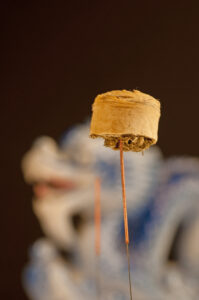 Moxa is made up of ground mugwort, an invasive weed species that is common in warm climates. Also known as Artemisia vulgaris or Ai Ye, mugwort takes its name from the moon goddess Athena because many folk medicine traditions use it to help with gynecological issues.
Moxa is made up of ground mugwort, an invasive weed species that is common in warm climates. Also known as Artemisia vulgaris or Ai Ye, mugwort takes its name from the moon goddess Athena because many folk medicine traditions use it to help with gynecological issues.
Mugwort has been used as a medical remedy for centuries across the globe. For instance, the ancient Romans used the leaves to rejuvenate tired feet after traveling. These days, people use it to re-energize, soothe digestion issues, and ease menstrual cramps.
In TCM in particular, mugwort is thought to help the Liver, Spleen and Kidney meridians by encouraging the flow of Qi and blood throughout the body. In TCM, heat in general has the ability to increase these flows, but mugwort combined with heat is an especially effective remedy.
Acupuncture Basics: Meridians
Before we go any further, let’s go over TCM beliefs about meridians.
In TCM, the body has an energy network running throughout it. The pathways that connect different parts of the body are known as meridians. They provide a channel from the skin’s surface to internal organs which can be measured by released ATP, a cell-signaling molecule, to the acupoints along the meridian. Qi, the essential lifeforce in TCM, travels throughout these pathways, bringing energy and vitality throughout the body. In Western medicine, Chinese meridians are similar to fascial anatomy trains.
When these pathways become clogged or closed, moxibustion can help open them back up so your Qi can flow freely once again!
The Benefits of Moxibustion
What Does Moxibustion Do?
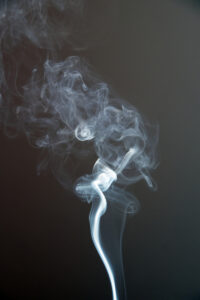 Know that we know exactly what moxibustion is and how it works, let’s get to the point. Why do people do moxibustion?
Know that we know exactly what moxibustion is and how it works, let’s get to the point. Why do people do moxibustion?
In TCM, moxibustion is used to help warm up people’s bodies in order to increase the vital flow of Qi. By combining heat and the powerful herb of mugwort, moxibustion helps to expel any coldness in the body that might be clogging up your meridians. The heat stimulates your acupuncture points and encourages Qi to travel through your body’s pathways.
In TCM, low Qi circulation can cause quite a few problems. First of all, it disrupts the careful balance of Qi that is crucial to maintaining your health and defending your body and mind against disease. Second, since QI moves blood, it can impair circulation. This can cause you to be depressed, fatigued, or excessively sweaty.
Even if you don’t have any of these symptoms and signs of poor Qi circulation, it’s a good idea to try moxibustion anyway. Keeping your meridians clear and open is key to maintaining both your physical and mental health. Good Qi flow strengthens your immune system and organs. Plus, if you have pain related to coldness (like arthritis), moxibustion can provide relief.
But moxibustion isn’t only used in eastern medicine traditions. Western healthcare providers have used moxibustion to help breech babies readjust before birth for years.
What Does Moxibustion Help With?
Poor Qi flow can cause lots of problems. Here are a few that practitioners use moxibustion for:
- Gastrointestinal and digestive issues like diarrhea, colitis, irritable bowel syndrome, and constipation
- Menstrual cramps
- Nausea caused by Chemotherapy
- Asthma
- Eczema
- Fatigue
It’s important to remember that while moxibustion has been used to treat these and other health issues for centuries, few western studies have been conducted to support TCM claims.
What Are Some Other Benefits of Moxibustion?
 Don’t have any of the issues listed above but still want to try moxibustion? Here are a few other things this TCM practice can help with:
Don’t have any of the issues listed above but still want to try moxibustion? Here are a few other things this TCM practice can help with:
- Warming the body: In TCM, our bodies work to maintain a delicate balance–something like what we call homeostasis in the West. The food we eat is either cold, cool, neutral, warm or hot and can affect the temperature balance in our body. But diseases and health issues can also throw off this balance. If you have too much coldness in your body, you may suffer from autoimmune diseases, low immunity or a blood condition. Moxibustion brings back heat to the body which can rebalance your temperature and relieve you of these issues.
- Aches and pains: Because moxibustion is warming, it can help relieve aches and pains related to excess coldness. Moxibustion heats up the meridians which increases both the flow of Qi and blood throughout the body. Increased blood flow can bring nutrients and energy to different muscles and organs to ease soreness and pain.
- Better immunity: In studies conducted on mice, moxibustion raised white blood cell counts, leading researchers to believe it can do the same in humans. If you have a low white blood cell count, your immune system may be weakened. Moxibustion can help by boosting white cells and improving your immune system.
- Easing inflammation: By improving blood flow, moxibustion can ease inflammation. Whether you’re dealing with sore muscles, inflammation from illness, or chronic arthritis, moxibustion can reduce the swelling and discomfort.
Who Shouldn’t Try Moxibustion?
Moxibustion has many practical and helpful uses, and has been practiced safely in TCM for centuries. However, it’s not recommended for everyone.
Because moxibustion can add heat to the body, it is ideal for people who are too cold, but not good for those diagnosed with excess heat unless the practitioner uses techniques to bring. Heat to the surface and to vent it, Also, due to the burning of mugwort, moxibustion can be uncomfortable for people with respiratory problems due to the smoke. Although there are smokeless moxa sticks available, they tend not to warm as well, but you can ask your TCM practitioner about them. In China, Vietnam and Japan, moxa is mixed with other herbs like chuanxiong to add specific effects.
Moxibustion is a great way to maintain your health and vitality. Just make sure you work with an experienced TCM practitioner or acupuncturist to get the most out of your moxibustion experience!
Have you tried moxibustion? Are you interested in trying it? Let us know what you think about this lesser-known TCM health practice!
Comments (0)
Leave a reply
You must be logged in to post a comment.

